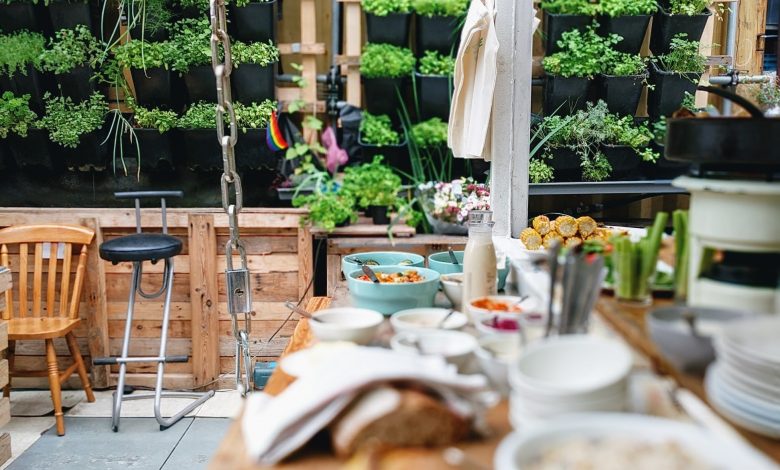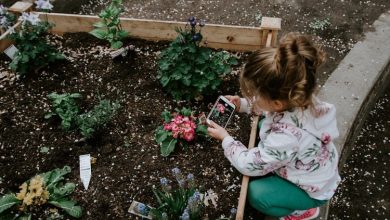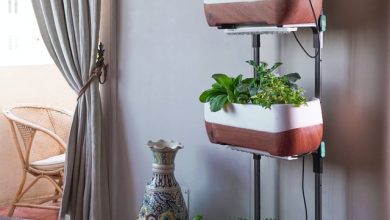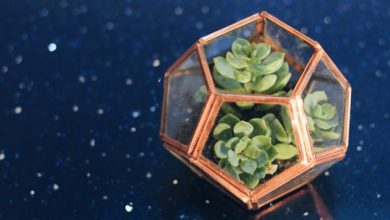How to Build a Hydroponic Garden

Hydroponic gardening is a method of gardening that involves planting without soil, only with water and nutrients that are considered essential to the growth of the plant. Before hydroponics, one would wonder how this was possible, but the knowledge of hydroponics says it’s real.
“Hydroponics” emerged from a combination of two Greek words, “hydro” and “ponic,” meaning “water” and “labor.” The idea of planting without soil could be traced to testimonies such as the Gardens of Babylon, as well as the Chinese Floating Gardens, both showcasing that the hydroponic approach to gardening is not holistically new to humans.
According to this concept, the labor of water and nutrients is what will generate plants. Gardeners are migrating to this system because it is the best for growing herbs and vegetables. There are little or no worries about pests, and harvest is usually buoyant. Also, the stress of tilling the soil and striving to get rid of weeds is nothing to mind in hydroponics, since there’s no room for such.

Systems of Hydroponic Gardening
There are basically three systems of hydroponic gardening that are considered easy.
The Wick System
The wick system is considered the most straightforward and simplest form of hydroponics. In fact, systems in the category are basically designed for neophytes and learners in the hydroponics practice. The fact that all parts of the wick system are immobile explains their affordability and simplicity. The downsides of the wick system of hydroponic gardening is that it doesn’t serve plants that need lots of water while growing.
Generally, plants and herbs that don’t require much water, like basil and rosemary, are the most suitable for the wick system of gardening. You can also plant lettuce, which grows fast in the water.
The wick system has three main parts:
- The grow tray: This system doesn’t involve using net pots for the medium. This requires that you have seedlings which have been translated in the garden
- The reservoir wick: This system involves having fertilized water in a big container below the tray. It is crucial to replace the water weekly.
- The aeration system: This method involves air, stone, and a pump, where the pump blows air at the stone to generate some oxygen to be distributed in the water.
The Water Culture System
This method is also called the lettuce raft system. This raft is an image that follows the growth of plants like spinach, lettuce, parsley, and basil on a tough Styrofoam that sails in water containing necessary nutrients that allow plants to grow.
This method has three parts, which are:
- The reservoir: This contains water on which your plant will sail. It would have to be a foot deep so that there wouldn’t be room for algae to grow. In this case, you can use a storage bin or other container you believe would work for it. To monitor the water pH level, you would need to get the relevant tools and nutrients to start with.
- The raft: This part involves cutting a rigid Styrofoam platform that fits the reservoir. It has net pots, perforated plastic containers where your seeds grow.
- The aerator: The aerator’s essence is that the nutrients in the water circulate and enrich the plant. In this case, the aerator is an airstone that you attach to a pump that pumps air into the water for oxygenation.
The Ebb and Flow System
This type of hydroponic system is known for its relative cost-effectiveness, versatility, and friendliness with both hydroponic experts and beginners. It is also named the flood and drain system, and it allows some activities, such as replacing plants without the fear of affecting the surrounding plants negatively. This method involves pumping water that is filled with nutrients in a tray and placing plants inside this tray. Here, gravity comes in place, since the water pumped from the reservoir returns to be used again.
Obviously, there is still a lot to learn about how hydroponic gardening works in general. Although the flood and Drain system has too many parts, a beginner can make things work. The parts of this system are:
- The plant tray: You place you plant inside this tray. It’s usually large, shallow, and placed on a stand of considerable height. Plant your seed in the perforated pots, which are twice the depth of your flood tray that pumps from the reservoir, fills inside of the tray, enters the pots, and then goes to the roots of the plants in the pots. After this, the water is dried to oxidize the roots.
- The reservoir: The reservoir is usually under the stand of the flood tray. Two tubes called the drain tube and the fill tube connect the reservoir to your plant tray. The drain tube helps drain the water back in the reservoir using gravity to use the water again and again, for a week. When you’re changing the water after the seventh day, remember to change the nutrients too.
The Nutrient Film System
This system is peculiar to hydroponic gardening. The relationship between this system and the ebb and flow system involves pumping fertilized water at the plant in the grow tray and draining the water using the drain pipe for the purpose of using the water again.
However, this method finds some uniqueness in the fact that the nutrient doesn’t stop flowing over the root when this method is used. And the secret code to its success is gravity. As opposed to the wick system, the nutrients film system has moving components.
The system enables adequate feeding of roots with nutrients, as the film allows the flow of nutrients alongside water to the root, such that they are provided appropriate nutrition and a reasonable amount of water but not heavily soaked. In this case, the topmost section of your plant’s root is oxygenated. Like other systems previously mentioned, this system works well for plants you can quickly harvest, especially vegetables.
The parts of this system are:
- The grow tray: Your grow tray is usually in the form of a tube when it comes to the nutrient film system. This makes targeting the plant’s root natural from any angle without losing any part of the nutrients. In this case, a round, perforated tube that fits your net pots and seedlings would work perfectly.

How to Build a Hydroponic Garden
In addition to the systems above, there are a few things you would need that make starting your hydroponic gardening feasible.
- Growing medium: Since you’re not planting in soil, you need a plant support system. The growing medium helps with this, in addition to the aerating and water channeling functions it performs. There are different forms of growing mediums, each with a specific purpose. For instance, the hydrocorn medium is compatible with the ebb and flow system. Also, the perlite and vermiculate mediums can be used with the wick systems.
- Nutrients: In the hydroponic gardening system, the same nutrients you would need in the soil must be present. You can get most nutrients in stores that sell hydroponic systems and equipment. Experts recommend using two to four tablespoons of each of the nutrients in a large gallon since the solutions are prepared in high concentration. Once the nutrient is poured in the water, it dissolve. However, it’s recommended that you supervise, as some inexpensive nutrients take time befor they dissolve in water.
- pH: 5.5 to 6.5 is the pH range mostly recommended for hydroponic gardening. It’s easier to test the pH of the hydroponic system compared to testing the soil, especially if you have the testing kits that you can get from any store that deals in hydroponic equipment.
- Location: You can grow your hydroponic garden anywhere. It can be indoors or outdoors if you’re sure that pests will not disturb them wherever you’re planting them. What’s necessary is to know what system to use and which medium applies to the system you’re using.
The hydroponic system is a rewarding method of gardening that gardeners should consider using, especially those that are constantly disturbed by pests. The hydroponic system may be a little more expensive than the soil system in the beginning, but remember that you don’t have to buy too many pesticides for soil. Also, there is not risk of losing all your effort to pests and fungi as you have in the soil system. To successfully build a hydroponic garden, you need to understand each system. More so, you need to know the components of each of these systems and which of them is compatible with what hydroponic method. You must understand the assemblage of each of the components and how it works. These considerations will help to select which system is suitable for your plant.



